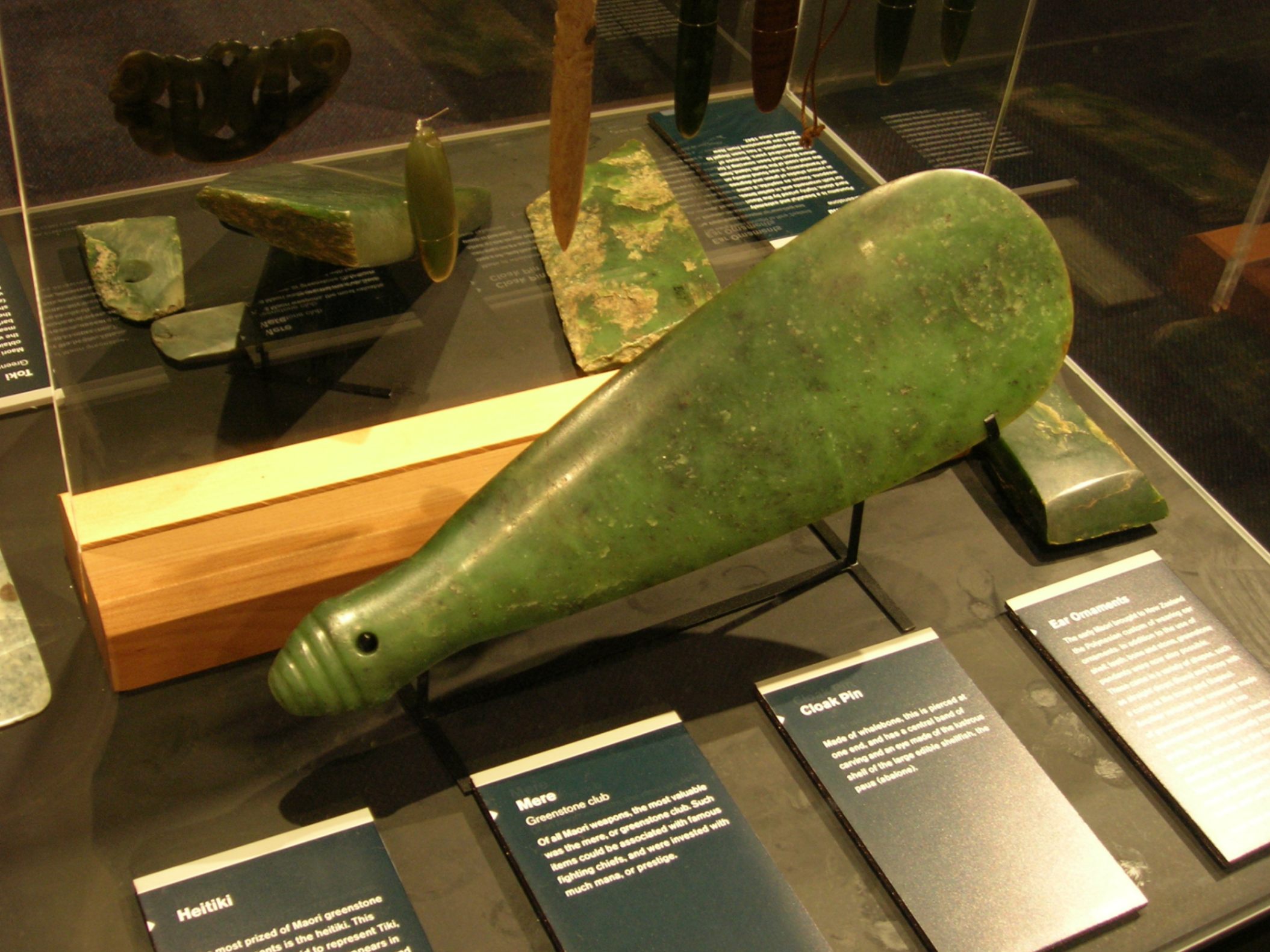The stone or “lithic” technology of the British Neolithic era represents a significant departure from the tools found in Mesolithic and Palaeolithic Britain. This transition in tool-making techniques and materials reflects the changing socio-cultural landscape and technological advancements of the time.
During the Mesolithic period, stone tools were predominantly made from flint, a readily available and easily workable material. These tools, such as microliths and scrapers, were small and often used for tasks such as hunting, cutting, and scraping.

However, with the onset of the Neolithic period, around 4000 BCE, a shift occurred in tool production. Neolithic communities began utilizing different types of stone, including harder rocks like granite and basalt, which offered increased durability and functionality. This transition was likely influenced by changes in subsistence patterns and the advent of agriculture.

The Neolithic period witnessed the emergence of more specialized tools. Ground stone axes, polished by grinding and polishing with abrasive materials, became prominent. These axes were essential for clearing land, felling trees, and shaping timber for construction purposes.
Additionally, other stone tools like arrowheads, scrapers, and sickles underwent significant changes in design and production techniques. They became larger, more refined, and made using a wider range of materials, including flint, chert, and obsidian, which could be sourced from distant areas through trade networks.

The development of new lithic technology during the British Neolithic period demonstrates the increasing complexity and sophistication of human societies. It reflects the need for specialized tools to support agricultural practices, construction projects, and other evolving aspects of Neolithic life.
The advancements in stone tool technology also suggest an increased social organization and division of labor within Neolithic communities. The production of more specialized tools required specific skills and knowledge, leading to the emergence of specialist craftsmen and potentially greater social differentiation.

The study of Neolithic lithic technology provides valuable insights into the technological, economic, and social developments of prehistoric Britain. It offers a glimpse into the innovative thinking and problem-solving abilities of our ancestors, highlighting their ability to adapt and progress over time.